

Selecting the appropriate fully threaded rod is crucial for ensuring the success of your project. This requires understanding the various factors involved in choosing the right rod for your specific needs. Whether you need them for structural support, mechanical assembly, or other applications, this guide helps you navigate the options available.
A fully threaded rod, also known as a fully threaded stud or all-thread rod, is a type of fastener with threads extending along its entire length. Unlike partially threaded rods, which have a section without threads at one or both ends, fully threaded rods offer continuous threading for increased versatility and strength in various applications. This makes them ideal for applications requiring substantial tensile strength and full engagement with fasteners.
Fully threaded rods are available in various materials, each with its own properties and suitability for different applications. Common materials include:
The diameter and length of the fully threaded rod are critical considerations. The diameter determines the strength and load-bearing capacity, while the length dictates the application's reach. Accurate measurements are essential to avoid overspending or purchasing rods that are unsuitable for the task.
Different thread types and pitches (the distance between adjacent threads) are available, influencing the rod's strength and compatibility with various nuts and fasteners. Common thread types include Metric and UNC (Unified National Coarse).
The surface finish can impact the rod's durability and corrosion resistance. Options include plain, zinc-plated, or other specialized coatings for enhanced protection against environmental factors.
Fully threaded rods find wide applications in various industries and projects, including:
For high-quality fully threaded rods, consider reputable suppliers like Hebei Muyi Import&Export Trading Co.,Ltd. (https://www.muyi-trading.com/). They offer a wide selection of materials, sizes, and finishes to meet your specific requirements. Always ensure that your supplier provides detailed specifications and certifications to verify the quality and properties of the fully threaded rod you purchase.
Q: What is the difference between a fully threaded rod and a partially threaded rod?
A: A fully threaded rod has threads along its entire length, whereas a partially threaded rod has a section without threads at one or both ends.
Q: How do I determine the appropriate length of a fully threaded rod?
A: Measure the distance between the points where the rod needs to be secured, adding extra length as needed for threading and adjustments.
Q: What are the common materials used for fully threaded rods?
A: Common materials include stainless steel, carbon steel, alloy steel, and brass, each offering different properties and suitability for varying applications.
| Material | Corrosion Resistance | Strength | Cost |
|---|---|---|---|
| Stainless Steel (304) | Excellent | High | High |
| Carbon Steel | Moderate | Good | Low |
| Alloy Steel | Moderate | Very High | High |
Remember to always consult the manufacturer's specifications and safety guidelines before using fully threaded rods in your projects.

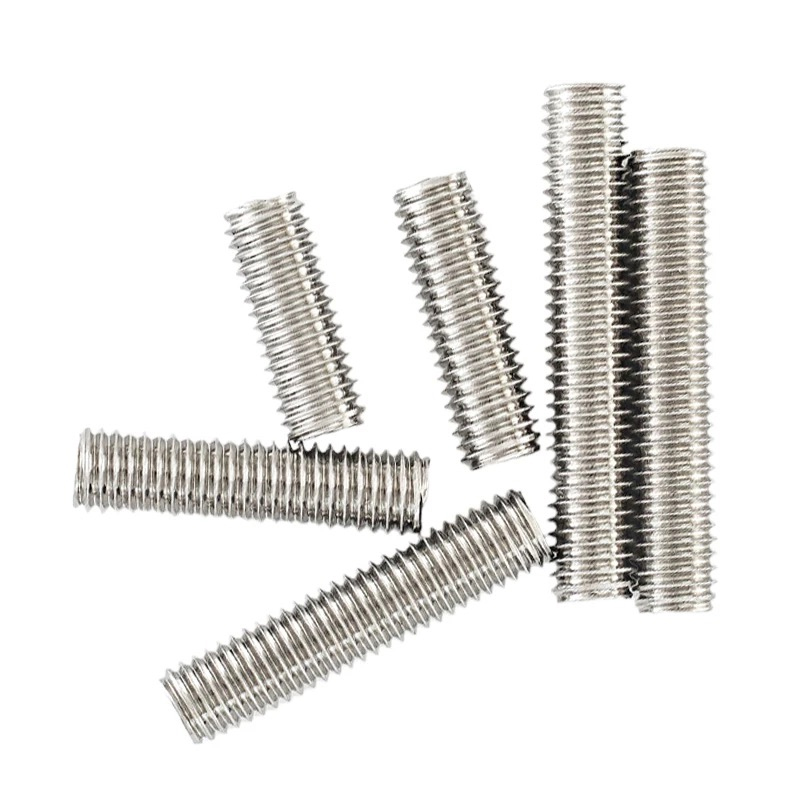
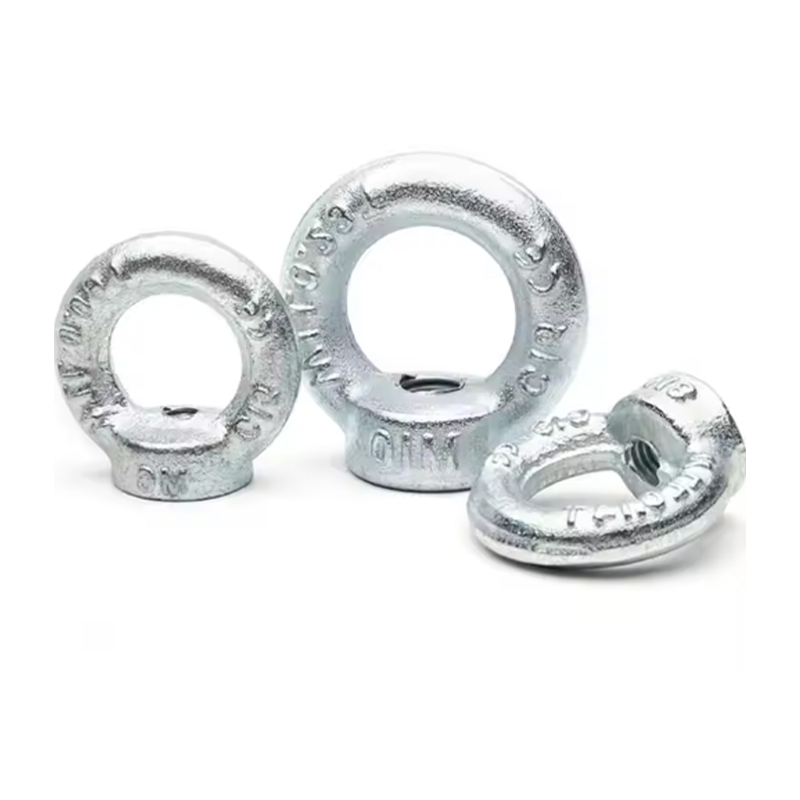

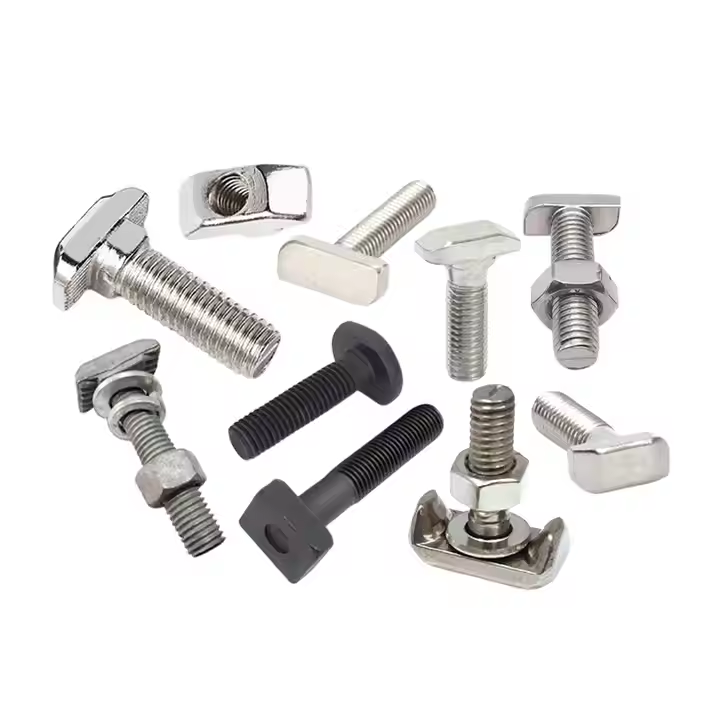
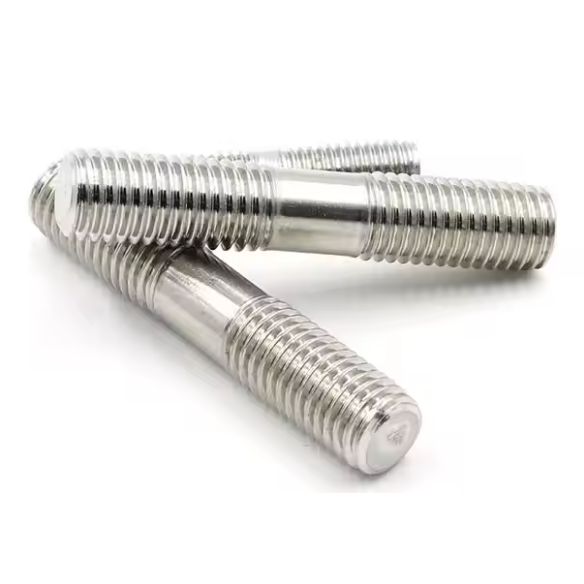
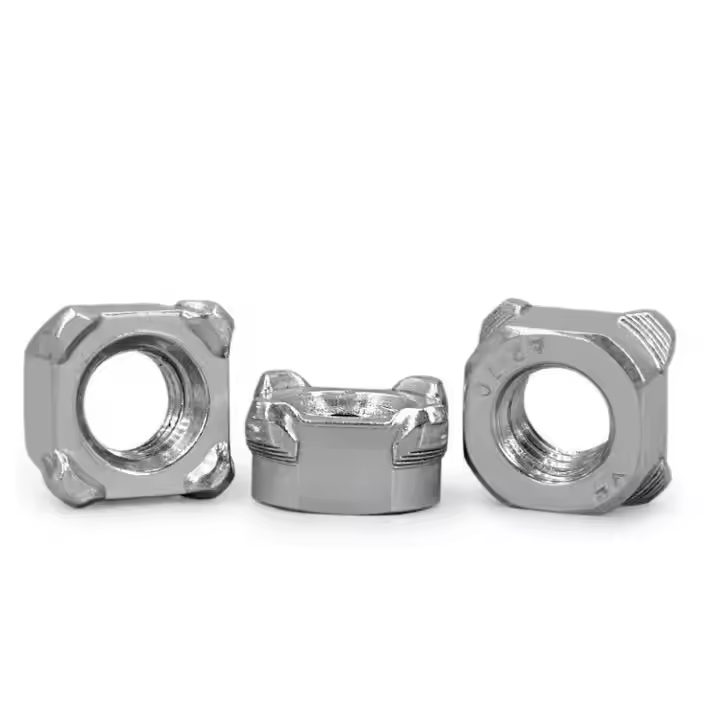

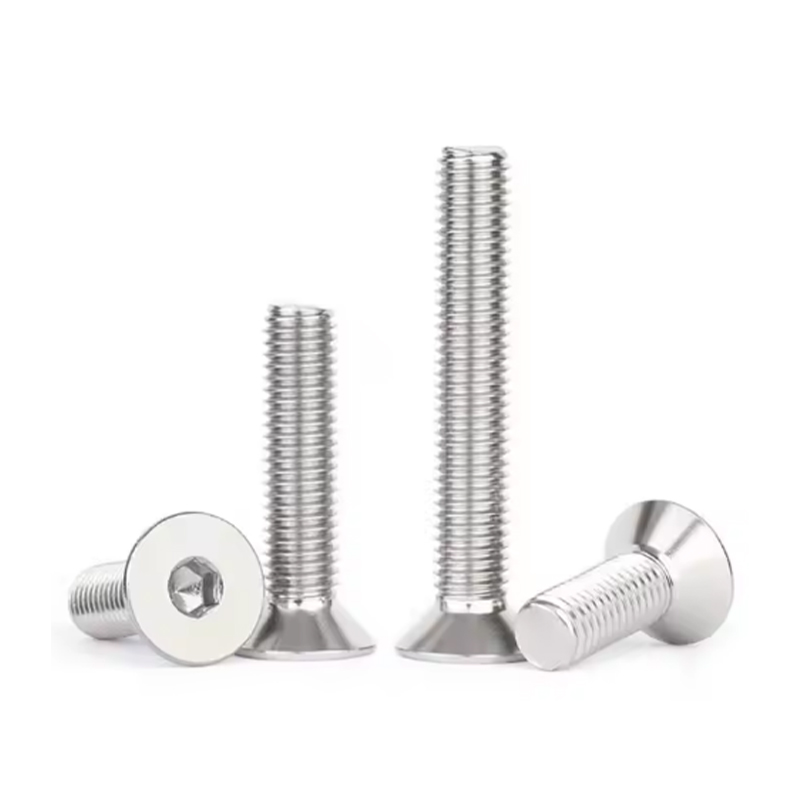

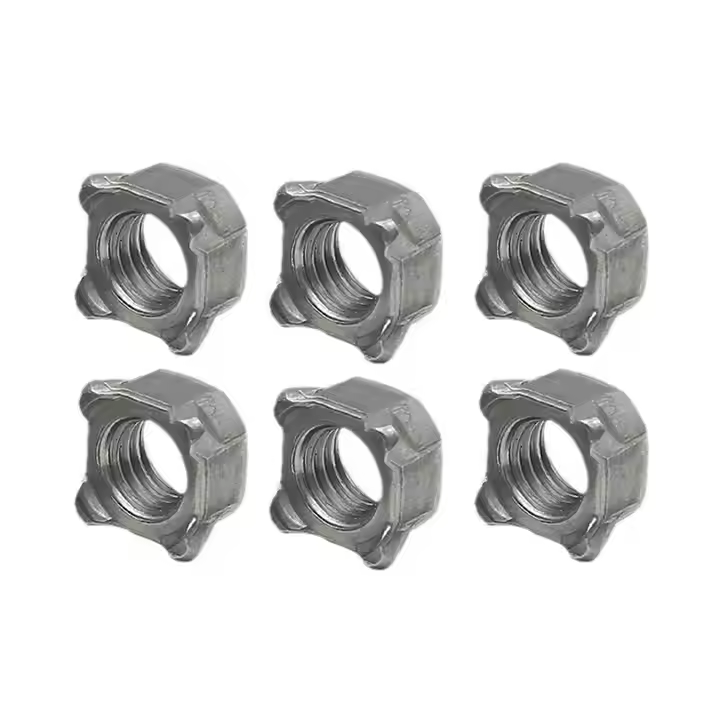
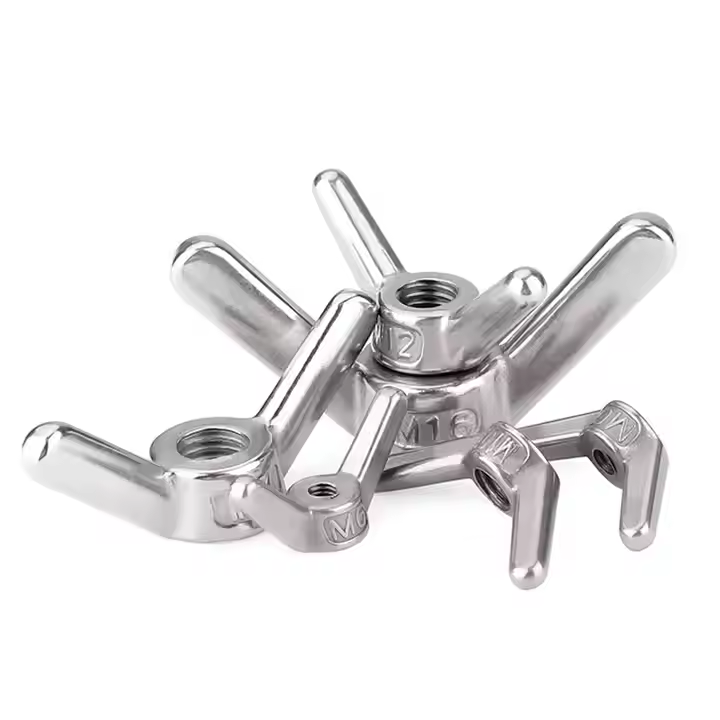
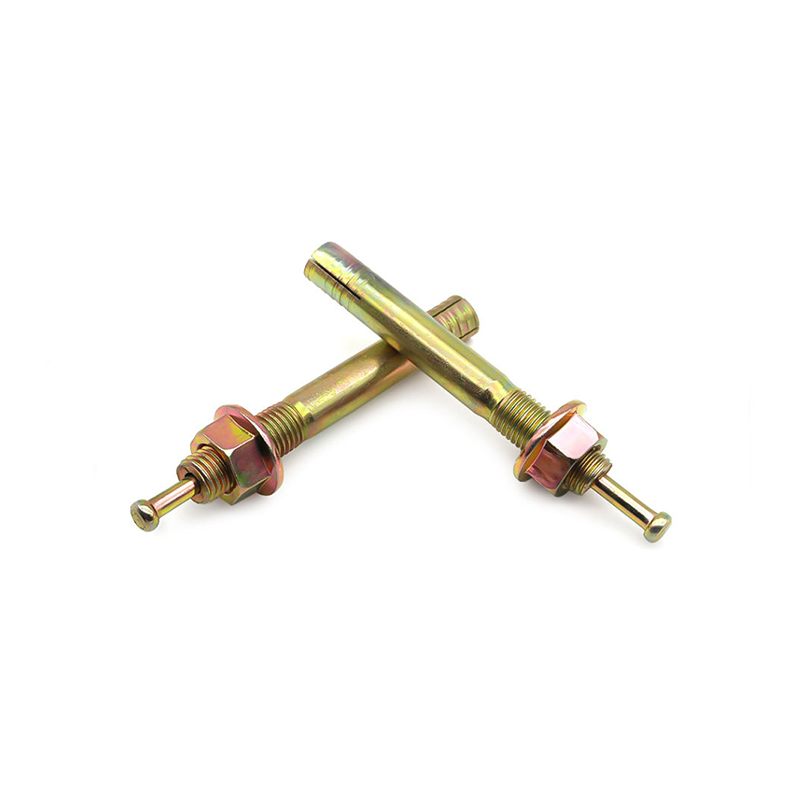
Please enter your email address and we will reply to your email.